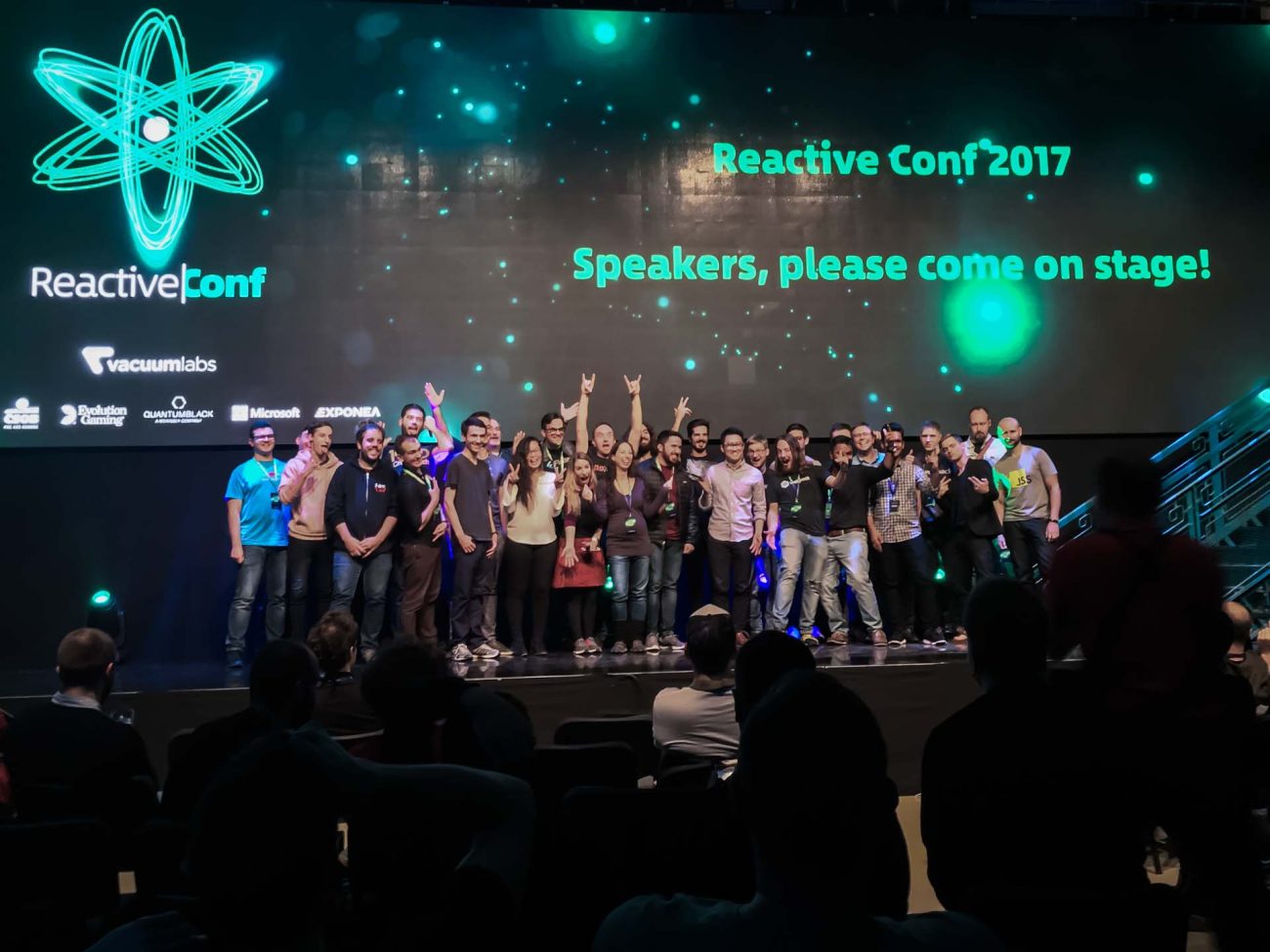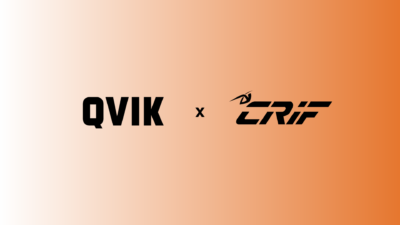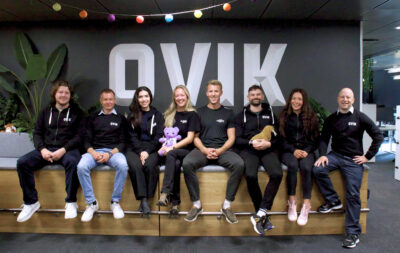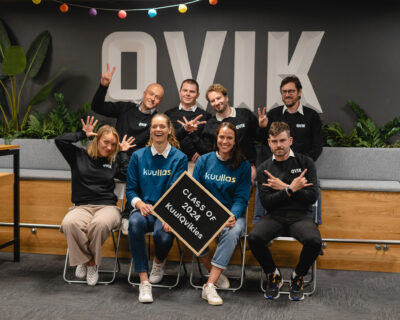
Three things we learned at ReactiveConf 2017
Ville Pelkonen, Samuli Laine and Samuel Backman represented Qvik at ReactiveConf 2017 in Bratislava, Slovakia. Here are the three most insightful learnings they picked from the sessions.
ReactiveConf2017 is a tech conference mostly focused on reactive programming and front end technologies across the board. This October, the event attracted over one thousand heads brimming with the latest and greatest ideas related to the field. In three days of talks, panels, AMAs and workshops we could catch up with our colleagues from afar and share the best experiences of the year.
Among the key ideas discussed were personal knowledge management, optimizing performance in the web through build tools and code imports, styling in JS, pushing data query responsibility to the backend with, for example, GraphQL and using different technologies in their current state for high-performance web applications.
Overall, we had a first-rate trip – we met new and interesting people and were happy to put Qvik’s training budget to good use. But, just like in every tech conference, you have to be ready to dig quite deep to separate the really interesting stuff from the buzzwords and hype.
Here are our top three picks from the sessions. To check out all Reactive Conference’s speeches, go see their Youtube playlist!
The React Productivity Revolution – Tiago Forte
Tiago Forte’s take on productivity and personal knowledge management stood out from amongst the tech-oriented talks. His mission is to harness the information-handling practices developed in our industry for all knowledge work, especially personal development. From accounting and medicine to sheep farming, all walks of life could benefit from handling information in stateful, encapsulated, reusable and composable form (SERC). Think version control for code, Scrum for project management, or design systems.
Constant learning is necessary in our industry. How many articles, videos, books, courses or conversations do we indulge in to keep up with the latest trends in development, design or business? Tiago’s system eases the burden with a defined process of taking, organizing and using notes. And he practices what he preaches. His online courses are semantically versioned and evolve with each iteration.
While chilling with Tiago at a local café, we learnt that the man is as inspiring as his work. Digging deeper into his methods, it sounded like self mind control. But it’s not rocket science. All it takes is discipline and a good process. You can check out Tiago’s talk here.
Writing CSS in JS? – Panel Discussion on “Styling in CSS”
With frameworks such as Vue.js and React, the trend of separating the markup, styling and logic in web development is shifting. As a result, writing CSS in JS is getting more and more attention and, with more than a few keynotes and panel discussions, this was one of the big topics at the conference. Overall, CSS in JS is fairly fresh idea for many developers and is being strongly debated in the professional community.
While CSS with preprocessors such as Sass does offer many benefits, JS offers a singular and more complete method for styling the application. Writing styles in JS allows developers to take advantage of runtime compilation allowing, for instance, page load optimisation by critical CSS, making styling more state-aware and giving access to JS hooks in general. There is no clear use case when you should absolutely choose CSS over JS but some features, such as complex uninterruptible animations, are still easier to make with CSS.
Both approaches have their merits, and the team must decide which approach to adopt based on the project scope. You can check out the panel discussion from this YouTube link and if you wish to dig deeper, here are the CSS in JS keynote slides by Robin Frischmann.
Vue.js breaking through? Evan You’s presentation and Sarah Drasner’s demo on animations
After Vue.js’s initial release in 2014, it has steadily grown to become something spectacular. So when Evan You, the creator of Vue.js himself, stepped on stage and started his presentation on “Build-time Optimizations in JavaScript Applications”, we had great expectations.
Vue.js looks somewhat similar to Angular, but is definitely worth trying even if you are not a fan. It has great performance, feels nice and familiar, and has really good documentation capabilities. The templating system and state management work like a charm, and it’s easy to get started.
After Evan, we had a chance to hear Senior Developer Advocate at Microsoft Sarah Drasner’s talk about animations in Vue.js. She talked us through the transition component and how to use it to create smooth animations and gave a spot-on demonstration as well.
After the presentation, we were really inspired but also left wondering: could a one-man JavaScript framework hold up against the giants? After all, Angular had Google behind it, and React had Facebook.



